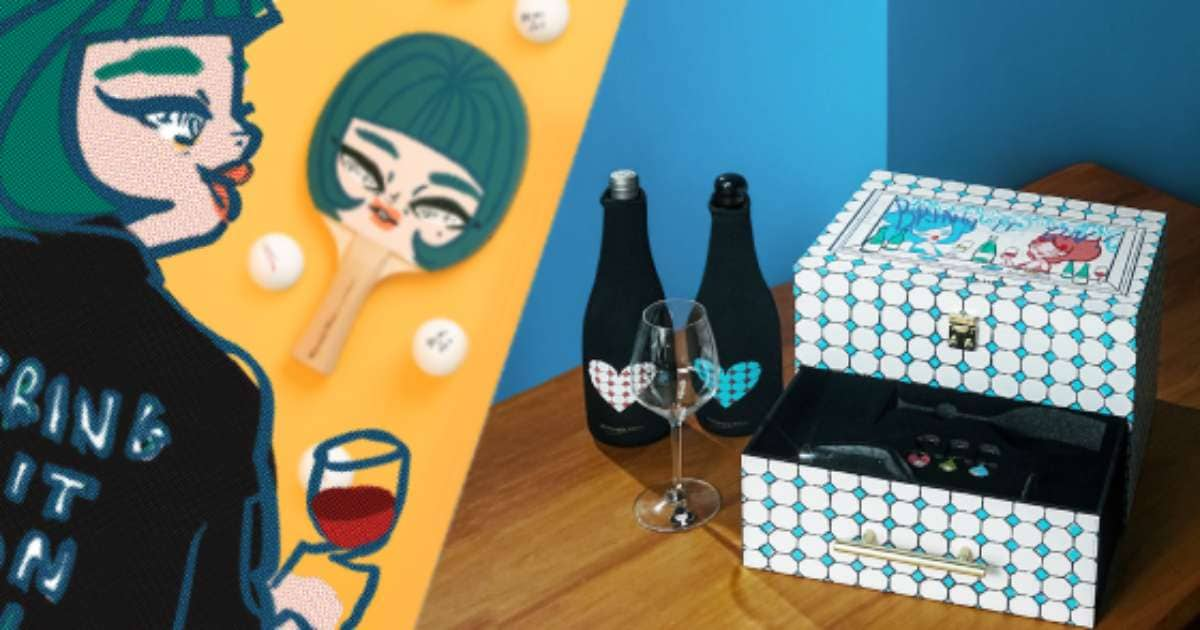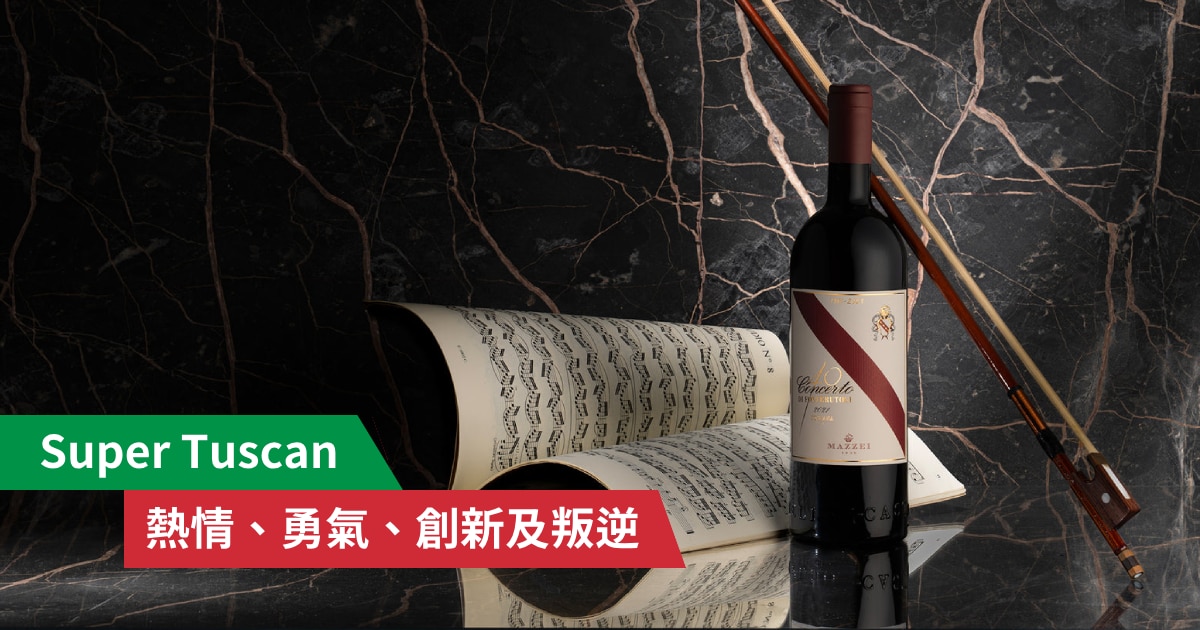Have you ever heard of the five First-Growths or Château Lafite-Rothschild 1982? All these world-famous wineries are from Bordeaux! If you want to learn more about Bordeaux Wines, you should not miss this beginner’s guide!
Difference between Left Bank and Right Bank area

The Bordeaux region is naturally divided by the Gironde Estuary into Left Bank and Right Bank area. You can find key wine producing regions like Médoc and Graves on the Left Bank, and St. Emilion and Pomerol on the Right Bank. The split is attributed to the soil composition on each side of the river, in which both favour the growth of one grape variety over the other.
Related Article: 【Wine 101】The Beginner’s Guide to Bordeaux Wines – Right Bank
Left Bank – Cabernet Sauvignon

The soil in the Left Bank is primarily gravelly with excellent drainage. Cabernet Sauvignon, which grows very well in gravelly soil, is the dominant grape variety of Left Bank. In the winemaking process, Cabernet Sauvignon is usually blended with Merlot and Cabernet Franc, and a little Malbec and Petit Verdot.
What is the 1885 Classification?

In 1855, Emperor Napoleon III requested a classification system to showcase the top Bordeaux wines to the world. The 1855 Classification divided the 61 classified growths into five categories according to quality, from First Growth to Fifth Growth. The First Growth category contained only 5 wineries, namely Lafite-Rothschild, Latour, Margaux, Haut-Brion and Mouton Rothschild.
The Left Bank Region

Pauillac
A high proportion of the Medoc’s most concentrated wines come from Pauillac. Pauillac has the honour of being home to three of the wine world’s most famous chateaux: Latour, Lafite and Mouton Rothschild. Wines from Pauillac are aristocratic and powerful. It also produces Cabernet Sauvignon with high Ageing potential.
Margaux
Softer, perfumed, more feminine styles of wine are the typical style of Margaux, the most southerly appellation of the Medoc. The The wines are deep ruby with good structure and concentration – yet show a silkier texture. The district is home to the mighty first growth, Chateau Margaux.
Saint Estephe
Saint Estephe, the most northerly of the districts, produces powerful, masculine wines deep in colour that burst with blackcurrant flavours. Merlot is blended with Cabernet Sauvignon to give the wines an attractive softness, while still being long-lived and full-bodied. They finish with a lightly acidic note, because of the climate that is a little cooler than southern districts.
Saint Julien
The soil in Saint Julien produces exceptional wines of unique style. With its wines lying somewhere between masculine and feminine, Saint Julien finest wines combine Margaux’s elegance and Pauillac’s power. Also, Saint Julien grows some of the most reliable, high-value wines in Bordeaux, producing blends of Cabernet Sauvignon and Merlot with the great aging ability and good depth of colour.



 即日到店自取
即日到店自取






















